Quick Links
- Adjust Your Equalizer Settings
- Install a Digital Signal Processor (DSP)
Driving just hits differently when your favorite song is playing and the sound is crisp, rich, and makes you feel like you’re in the front row of a concert. But if your car’s audio system sounds more like a distant radio broadcast than a live performance, it might be time to make a change.
Without blowing your budget, here are some smart, wallet-friendly ways to boost your in-car audio experience.
6
Soundproof Your Car
The goal here isn’t to make your car as silent as a recording studio (though that would be cool) but to reduce enough external noise, so your current audio system can actually shine. You don’t need to spend a fortune on fancy materials or a professional installation, either.
The whole process involves rubber-sealing the usual suspects of road and wind noise: your windshield, windows, panoramic roof (if you’ve got one), and all the door edges. Then move inside and slap some sound-deadening mats on the floor, doors, roof, and even under the hood.
For the exterior, consider springing for those noise-reducing tires next time you’re due for a change, and maybe add some sound-dampening liners to your wheel wells. That’s just a taste, though. I’ve already gone into much more depth in my full car soundproofing guide if you’re itching for all the gritty details to level up your in-car audio.
One final hack that I recently discovered is to check for rattles in air vents and trim pieces by playing a bass-heavy track at moderate volume and touching different parts of your interior. When you find a rattle, a small piece of foam tape usually solves the problem.
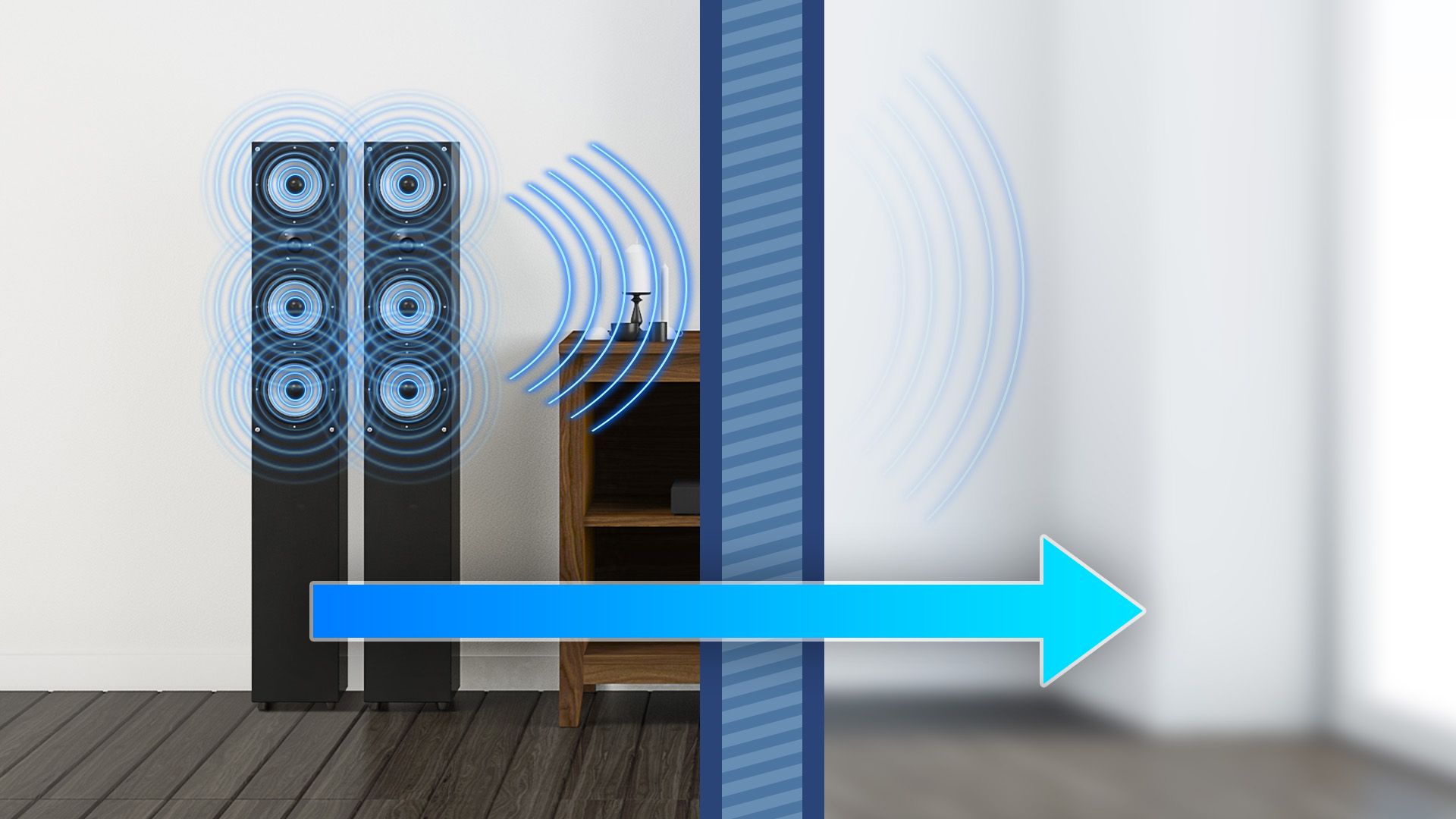
Related
9 Soundproofing Tips for Home Theaters
Music and movies are meant to be heard, not overheard.
5
Upgrade Your Speakers
Stock speakers, while functional, are often designed for mass production, not audiophile-grade sound. They can wear out, distort at high volumes, or fail to deliver the bass and clarity you crave. With so many options, choosing the right speakers can feel overwhelming, but the most important thing to focus on is ensuring that the speakers fit your car’s speaker holes. Common sizes include 6.5 inches for doors, 5.25 inches for dashboards, and 4 inches for smaller spots. But if you’re unsure, you can check Crutchfield to help you find the right fit for your vehicle or ask a professional.

Related
9 Ways to Repurpose Your Old Speakers
Found some old speakers in your basement? Put them to good use.
If you are not keen on replacing all the speakers, you might want to focus on the door speakers first, since they handle most of the sound you actually hear while driving. Upgrading them will give you the biggest bang for your buck. Look for a good pair of coaxial (woofer and tweeter combined) or component speakers (separate parts). Go for the latter if you are after better sound quality and willing to put in a little extra effort during installation.
Depending on your goals, you should also consider the material of the cones and tweeters. For example, polypropylene cones are durable and deliver solid bass, while silk or textile tweeters provide smoother highs. There are plenty of budget-friendly to high-end options from trusted names like Pioneer, JBL, or Rockford Fosgate that deliver great sound.

Related
11 Tech Upgrades to Make Your Old Car Feel New Again
Tech upgrades you can afford, pal.
4
Adjust Your Equalizer Settings
Most head units (whether stock stereo or an aftermarket upgrade) come with preset EQ modes like Rock, Pop, Jazz, or Classical. These are fine in a pinch and convenient, but they may not be exactly tailored to your tastes. If you want something that really sings, you’ve got to go manual.
Start by flattening everything. Set all your EQ bands to zero to give you a clean slate from which to work. Then, listen to a song you know really well—something with a good mix of vocals, instruments, and maybe some bass kicks. I like using tracks like Hotel California by the Eagles or anything by Bruno Mars (That’s What I Like is my favorite if you ask me).
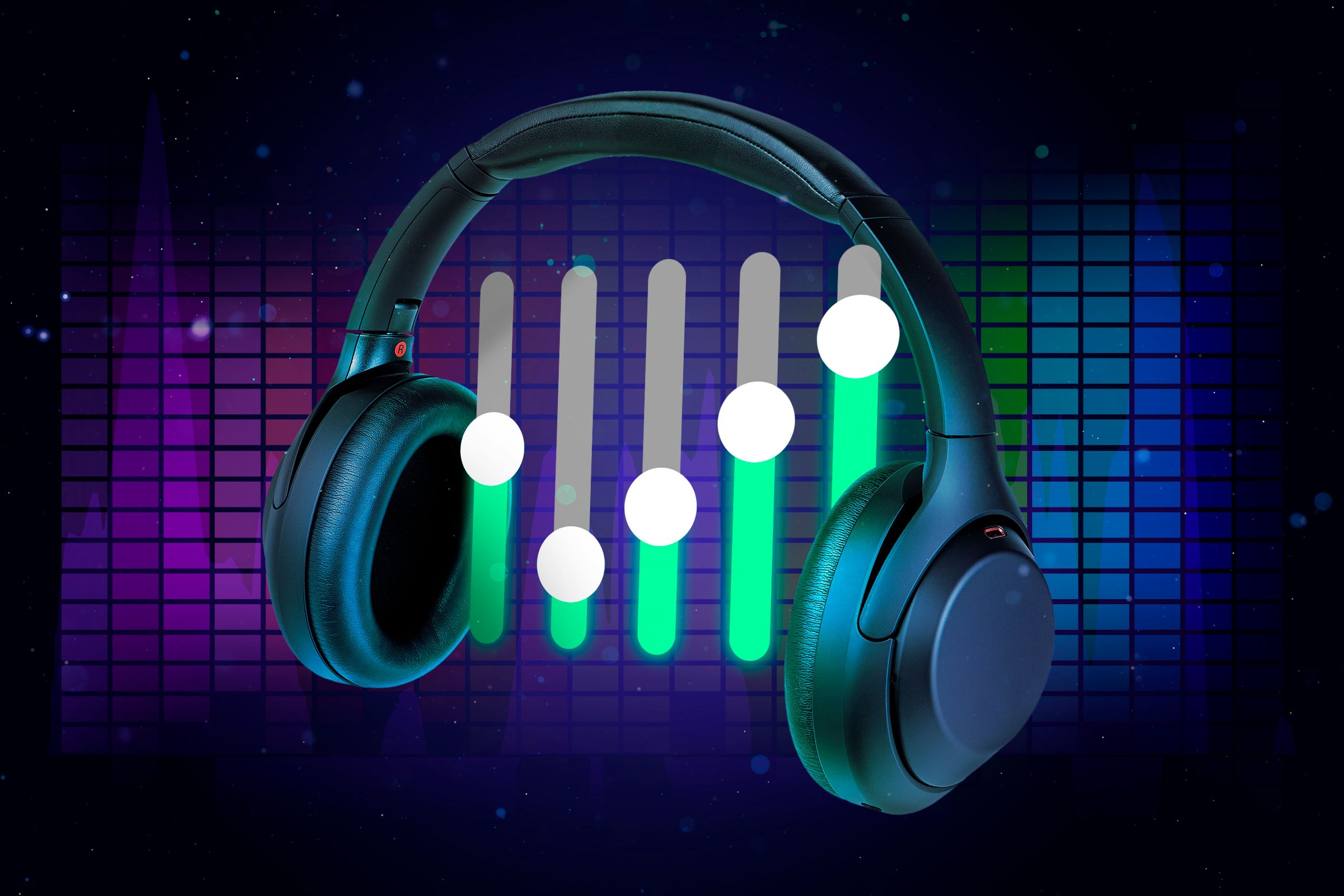
Related
How to Adjust Your Equalizer Like a Pro
A few tweaks can make your music sound a lot better.
Now, adjust your bass first. If the low-end sounds muddy or boomy, dial it back a bit. If it’s too weak, bump it up until you feel that nice, tight thump—but not so much that it drowns everything else out. Your goal here isn’t to rattle your windows (unless that’s your thing); it’s to give the music some warmth and presence.
Then move to the mids, where the vocals, guitars, and most instruments live. If your music sounds hollow or like it’s coming from inside a tunnel, your mids are probably too low. Raise them gradually until the vocals sound clear and natural, not too sharp or too dull. Be careful here, though, because too much midrange can make everything sound harsh and fatiguing.
Finally, tweak your treble, which is the sparkle on top—the cymbals, hi-hats, and all those sweet high-frequency details. If the sound is a little dull or muffled, add some treble. But again, don’t overdo it. Too much treble can make your music sound tinny or sibilant (that annoying hiss on “S” sounds in vocals).
3
Upgrade Your Head Unit
So, you’ve done all those EQ adjustments, or even upgraded your stock speakers, and yet you still don’t like what you hear. If that’s where you’re at, the next smart move might be upgrading your car’s head unit, especially if you’re rolling around in an older ride. There are plenty of budget-friendly options out there that don’t skimp on sound quality and modern features. I’d recommend you look into brands like Pioneer, JVC, Alpine, Kenwood, and Sony, as these offer models that pack a punch across a wide budget range. And if you’re willing to shop around or check for sales, you can often snag a great deal.
Before you buy anything, make sure the head unit you’re eyeing is compatible with your car. Most vehicles require a specific size—either single-DIN (the slimmer kind) or double-DIN (bigger and usually touch-screen). If you’re not sure what your car takes, a quick Google or a friendly chat at your local car shop should point you in the right direction.
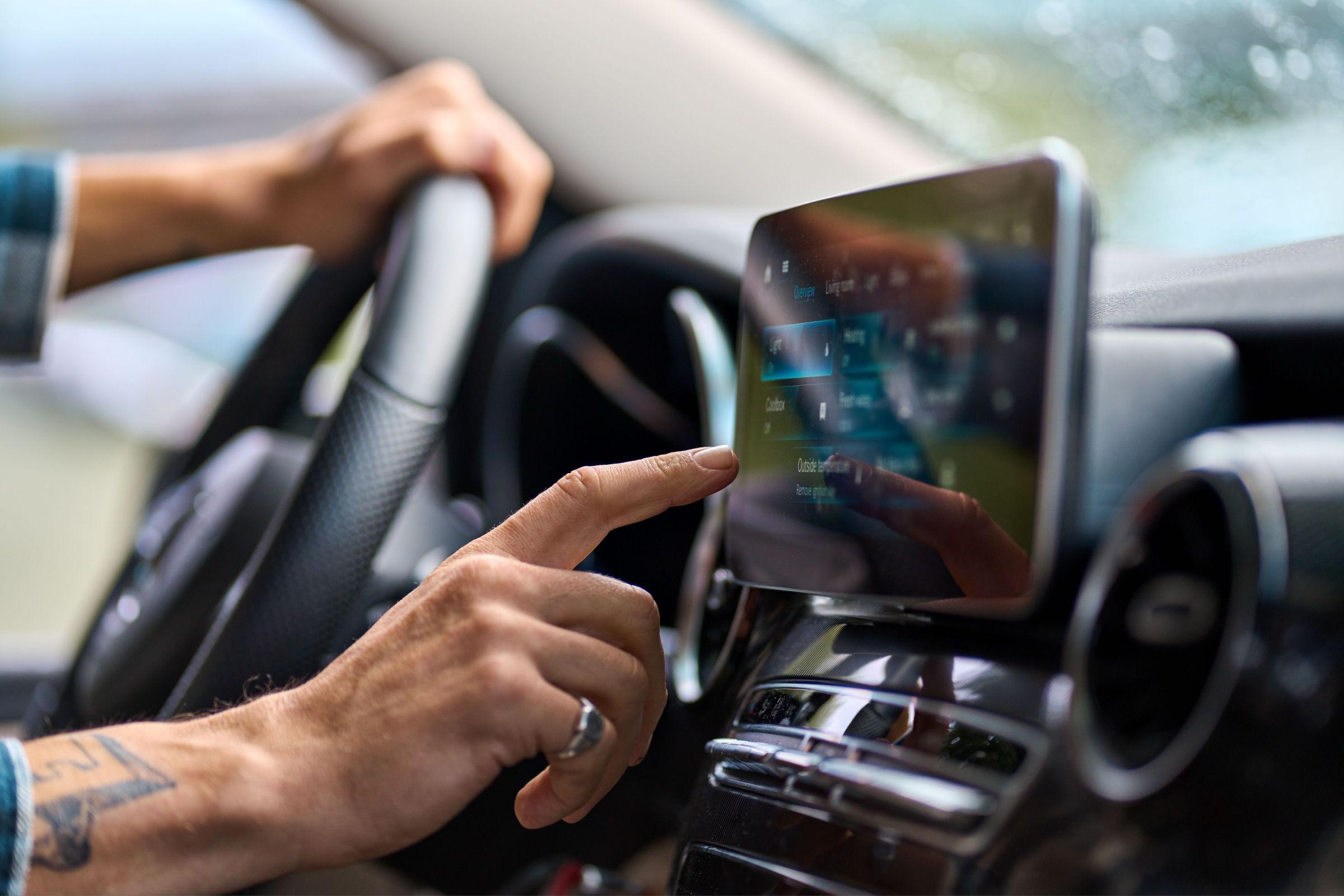
Related
Single-DIN vs. Double-DIN Car Head Units: What’s the Difference?
What’s your style?
2
Install a Digital Signal Processor (DSP)
A Digital Signal Processor (DSP) is a small device that processes audio signals in your car to fine-tune the music for your car’s unique acoustics. It adjusts frequencies, balances sound between speakers, and can make your music sound clearer and more immersive.
Adding a DSP typically involves connecting it between your head unit and amplifiers—unless it’s a DSP with a built-in amp—so the audio signal is processed before it reaches the speakers. If you’re handy, you can follow the manufacturer’s instructions for a DIY install. However, for complex setups, especially with factory head units, I recommend you go the route of professional installation to ensure optimal performance.
Once installed, you’ll need to configure settings like equalization and time alignment, often using software on your computer or a mobile app. It might take some trial and error, but the result can be a night-and-day difference in sound quality. If you’re unsure how to go about it, consider hiring a pro—they can fine-tune it to your car’s specific acoustics.
1
Install a Car Subwoofer
If your music feels like it’s missing that satisfying thud, or you can barely feel the bass drop in your favorite track, then getting a subwoofer is the most impactful fix. You have two main budget-friendly options: under-seat and trunk subwoofers.
Underseat models are compact powerhouses that tuck neatly under your car seat. They are ideal for smaller vehicles or when preserving trunk space is essential. They typically come with built-in amplifiers, making installation more straightforward and keeping overall costs down. Just be sure to measure both the height and depth under your seat—most models need around 3–4 inches of clearance, plus enough room front-to-back to fit the enclosure.
Trunk subwoofers, while taking up some cargo space, deliver deeper, more powerful bass—great for those who prioritize sound quality. These often come in larger enclosures and can be either passive (amp required) or powered. Brands like Rockville, Pioneer, and BOSS offer reliable, budget-friendly options, so you can consider those. Installation can be DIY-friendly if you’re comfortable with basic tools, but a professional install might be worth it for a clean, secure setup.



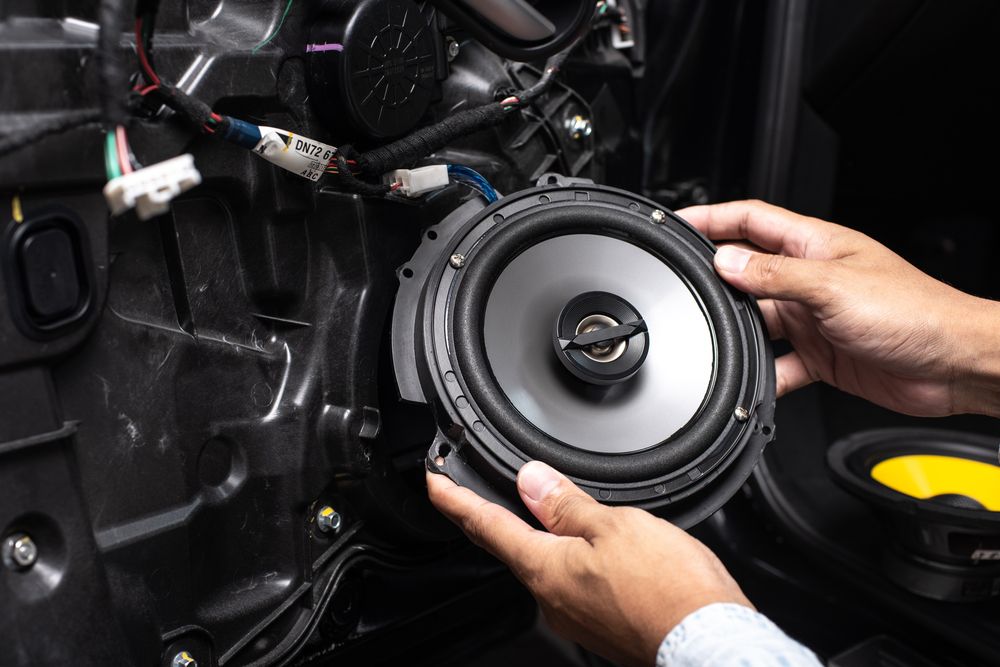

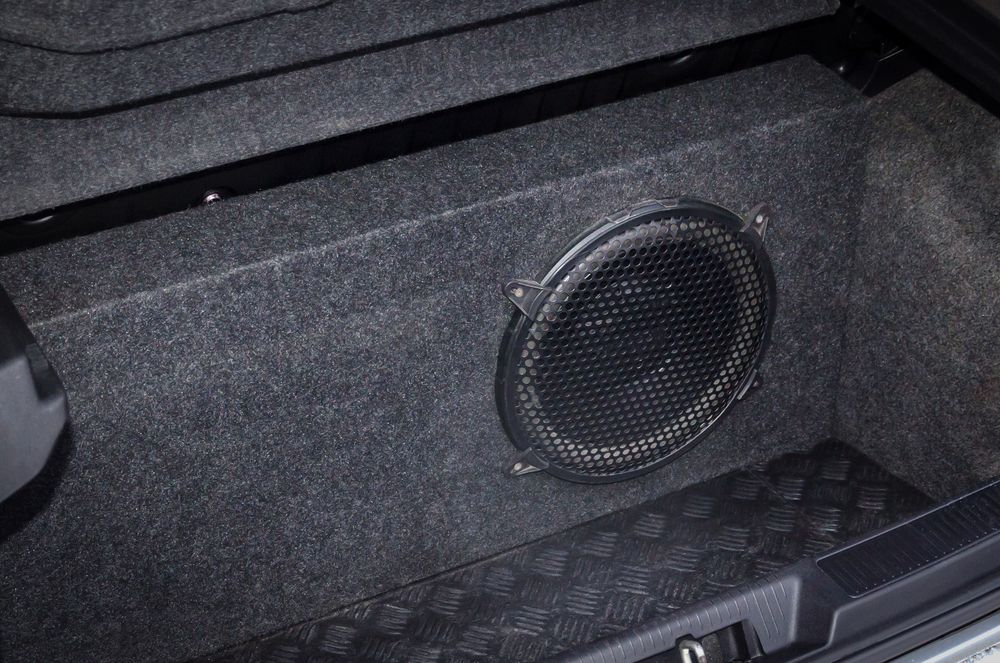





Leave a Comment
Your email address will not be published. Required fields are marked *